How we model and the standards we apply are a choice each of us makes. These are part of mine.
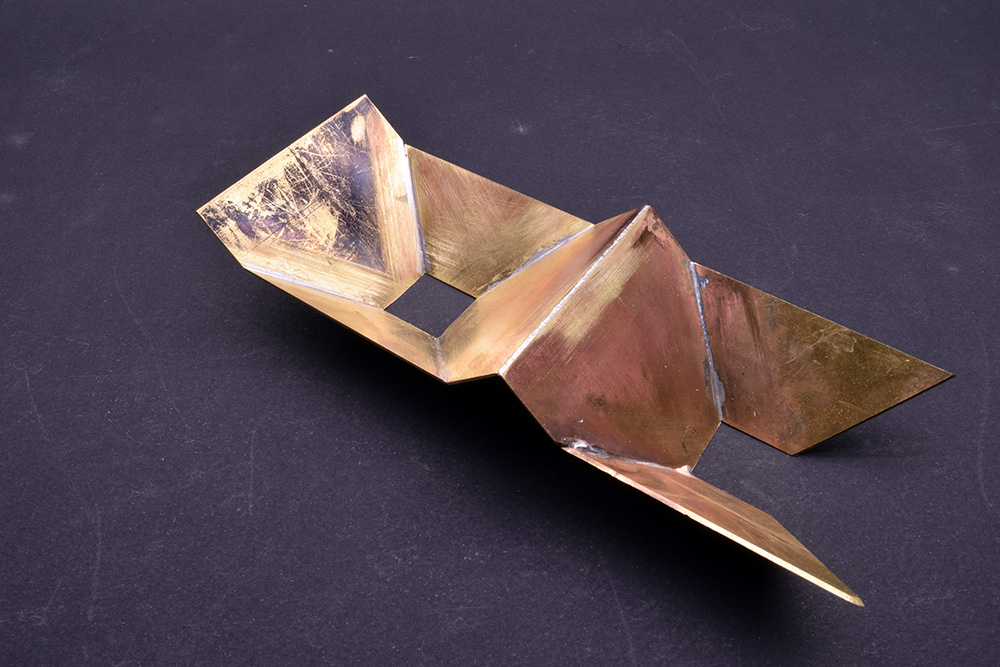
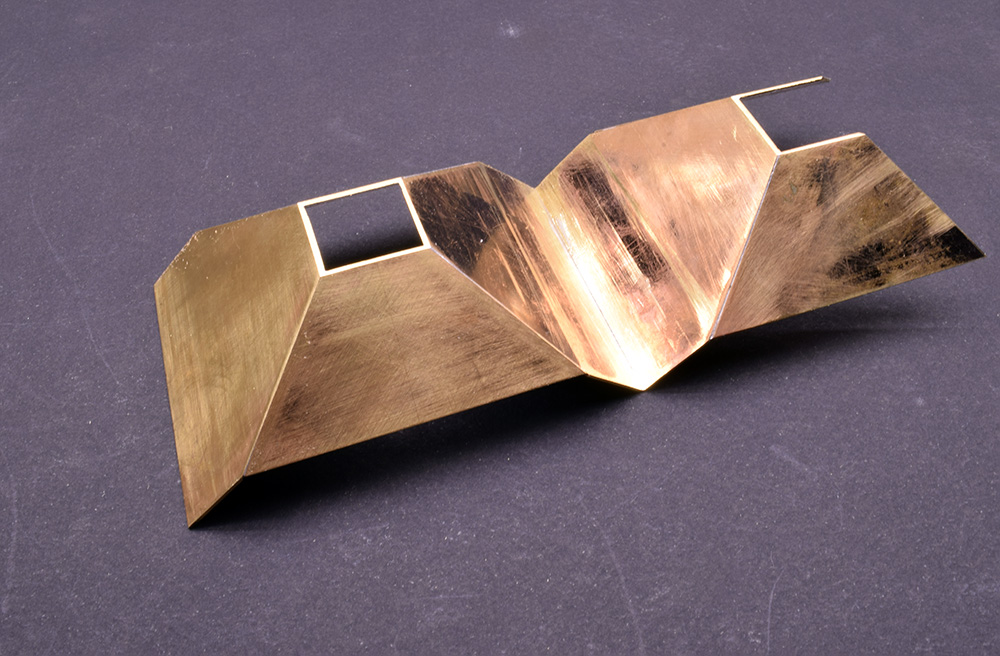
This is an exercise piece to develop my skills in making multiple parts to a specific dimension, soldering and learning to work with more precision. The material is 0.032″ brass sheet. Each hopper was treated as a subassembly, that was soldered with the aid of a jig and a mini-torch. The subassemblies were then joined and soldered.
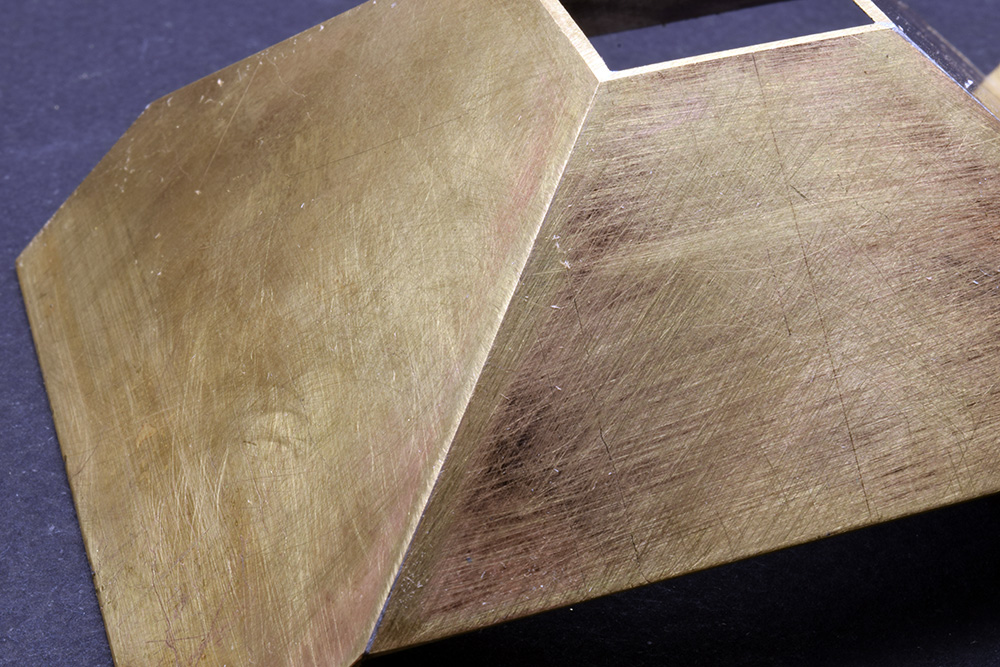
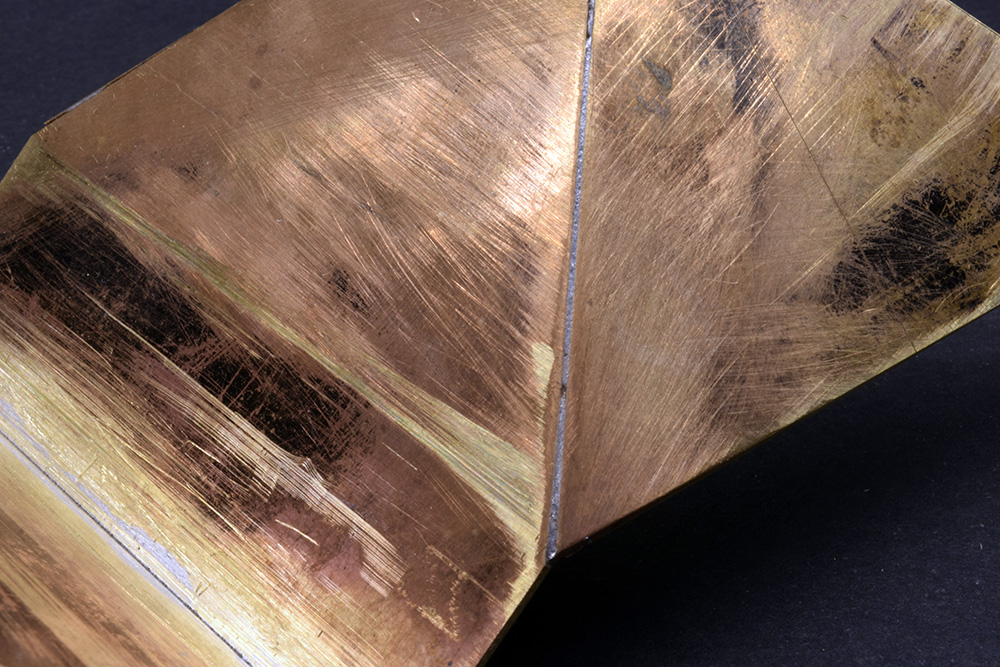
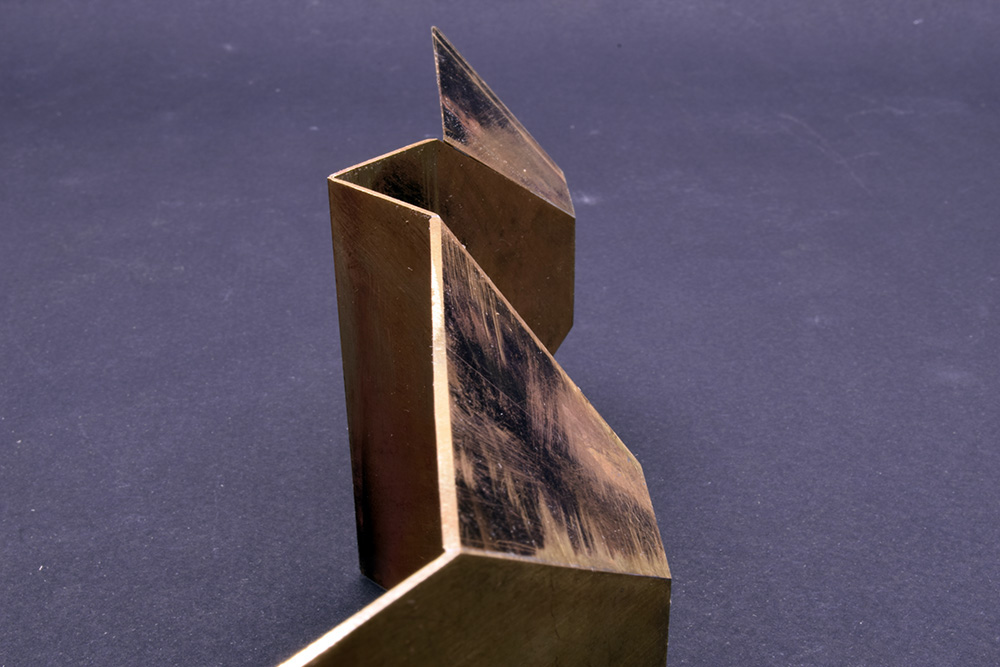
Where the side panels connect is an important joint. Here you can see that the rear slope sheet is grossly off spec and would leave an unsightly gap if not corrected. The true value of practice pieces like this is training my eye to spot such mistakes as well as developing more deliberate working habits.
My view is that you can work haphazardly or with intention. The choice is yours to make.
Mike
Good looking work, Mike. Nice clean corners. I’m learning to scratchbuild with brass myself right now, and the biggest mental change I’ve found that I have made is that I’m now thinking of each component as an individual model, rather than just a piece. It’s a slow process, but also continually rewarding as I complete each component. I really enjoy reading about your process and evolving views regarding the craft.
Hi Chris,
It is slow work compared to styrene or wood, and I take a similar approach in treating each piece as an individual model. I had an epiphany with this exercise in that I understood for the first time that I can do this kind of work. I imagine you’ll have a similar experience if you haven’t already. Appreciate the kind words.
Mike
That’s fairly thick brass, Mike. Kudos to you for the diligence and intention in your workmanship.
Hi Simon,
Good to hear from you.
It is thick material but I’ve discovered it’s easier to work with (for my purposes at least), and has the advantage of putting weight down low where it does the most good. Cutting it can be a chore as I’m out of the abrasive blades for my model maker’s tablesaw. A rotary tool and plenty of cut off discs make a good substitute. Soldering with a mini-torch and silver solder has been straightforward.
Regards,
Mike